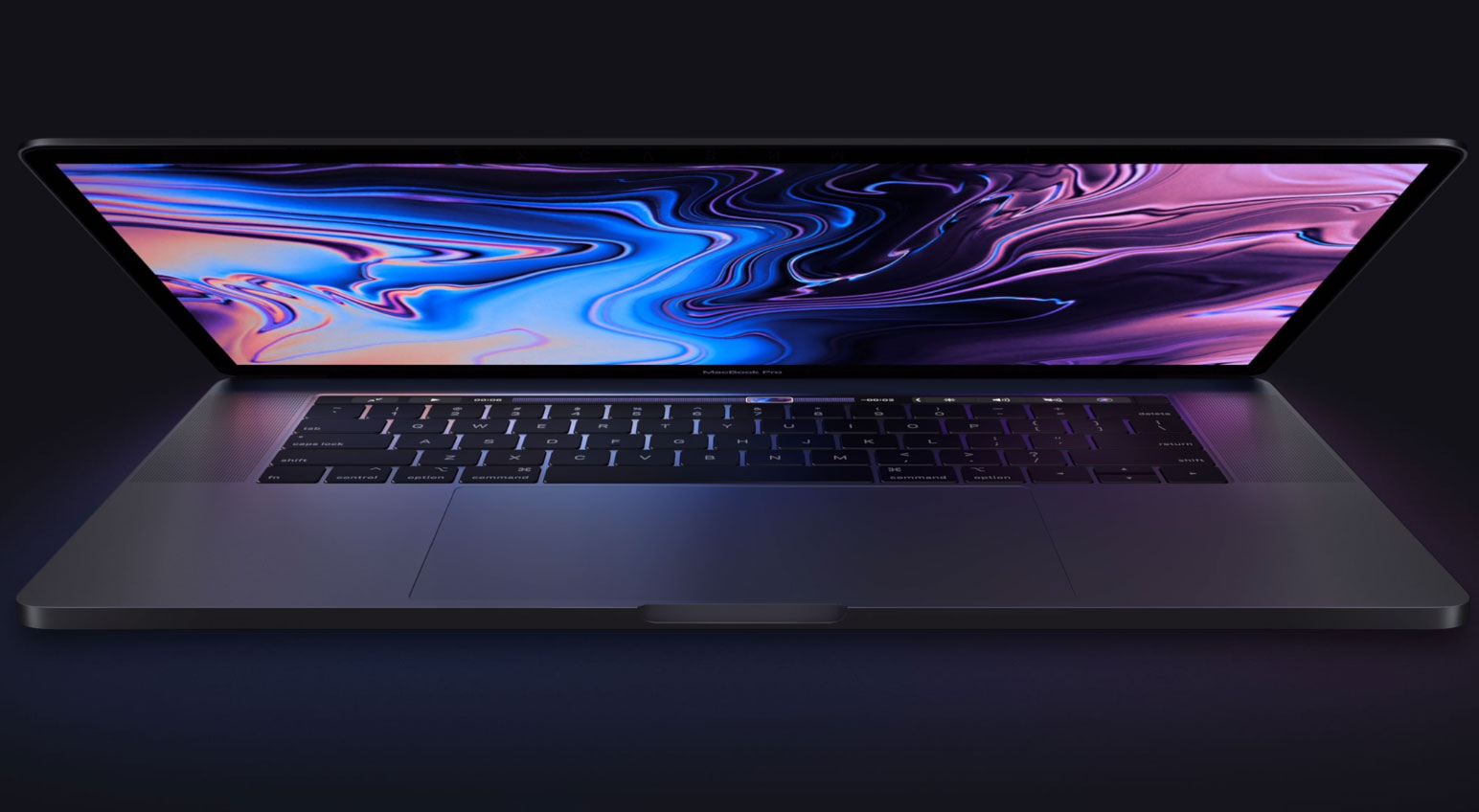Why Apple’s M1 chip will make your PC games run faster
And about time, too...

So, Apple has launched the new M1 processor and its transition from x86 to ARM has begun. In other words, Apple is ditching Intel. It is actually happening. But does any of this matter to PC gamers? Why should you care what Apple puts in its shiny, overpriced junk?

Best CPU for gaming: the top chips from Intel and AMD
Best graphics card: your perfect pixel-pusher awaits
Best SSD for gaming: get into the game ahead of the rest
The short answer is that neither the M1 nor an ARM chip of any hue is going to be powering a gaming PC any time soon. That’s obvious enough. But M1 is still important for all of us. Because it might very well force Intel and AMD to dramatically up their x86 games. Despite the huge hype surrounding AMD’s new Ryzen 5000 processors, it’s about time that happened.
Because here’s the thing about PC processors. Their per-core and per-clock or instructions-per-clock (IPC) performance has barely budged in years. Really. When it comes to gaming, Ryzen 5000 is now broadly on par with Intel’s five-year-old Skylake architecture. It’s really only through adding extra cores that CPU performance has improved substantially in the last decade. And M1 might change that for the better.
Hold that thought. First, don’t worry about the immediate noise and shouting and hullabaloo about Apple’s new Jesus chip. It will be tiresome, especially if early leaked benchmarks in metrics like Geekbench showing M1 blowing away eight-core Intel-powered MacBooks prove broadly accurate. But none of it will be immediately relevant to the PC.
Further out, however, M1 could be a turning point. Including for us PC gamers. If M1 proves that ARM can compete with or even beat x86 for IPC performance, it will put a totally different spin on the traditional dichotomy that says ARM is only good for efficiency and you need x86 for serious work. And games.
Actually, ARM chips clearly are very good for efficiency, which is why the new Apple MacBooks with the M1 have as much as double the battery life using exactly the same batteries as their Intel predecessors. But Apple is also claiming the M1 has the fastest CPU cores in the world. Period.
That’s quite a statement, but some analysis by Anandtech suggests it at least needs to be taken seriously. The M1, like the A14 in the latest iPhones, sports Apple’s latest Firestorm CPU cores. They’re compatible with the ARM instruction set, but like all of Apple’s ARM chips right back to the A6 as seen in the iPhone 5, the cores are Apple’s own design. It’s just like x86 and Intel versus AMD. Same instruction set, bespoke core designs.
Keep up to date with the most important stories and the best deals, as picked by the PC Gamer team.

Anyway, Apple’s latest Firestorm cores have massive eight-wide decode capability. For context, both AMD and Intel’s latest and most advanced CPU cores are four-wide machines. Instruction decode width is far from the only or even single most important measure of CPU core capability. But it is one obvious measure by which Apples cores are clearly both complex and capable.
Dig deeper and there is further architectural evidence of Firestorm’s processing muscle. Whether it’s the depth of the out-of-order pipeline or the number and capability of integer and floating point ALUs, Firestorm often at least matches and sometimes dramatically exceeds Intel and AMD’s finest. Put simply, Apple has pulled out all the stops to achieve maximum instruction-level parallelism. The IPC performance of Firestorm is extraordinary by ARM standards. And it might just be better overall than Intel or AMD can currently offer.
Of course, clockspeed also plays a major role in actual performance. But Firestorm certainly looks like it blows away the traditional assumption that the ARM ISA (and in turn the chips based on it) are at an inherent disadvantage when it comes to pure performance.
Whatever, if Apple proves that ARM is competitive with x86 in its traditional competence—high performance—the implications for Intel in particular will be clear enough. If it doesn’t up its game, Intel could find ARM taking over in everything from servers to workstations and conventional laptops. Yes, it would take years for that transition to happen and gaming PCs would be last in line, if at all. But the mere threat ought to be a strong motivating factor.
More generally, if Apple keeps upping the IPC of its ARM chips, the rest of the industry will almost certainly react. As it so often does, Apple will act as a trend setter. Just as all smartphones today have been improved by Apple’s attention to certain details, PC processors will be improved by the example Apple sets. Like it or loathe it, Apple does have a track record for pushing certain technologies to new heights and in turn upping everyone’s game. And that’s why M1 and its successors could well be the kick in the rear the PC processor industry needs.

Jeremy has been writing about technology and PCs since the 90nm Netburst era (Google it!) and enjoys nothing more than a serious dissertation on the finer points of monitor input lag and overshoot followed by a forensic examination of advanced lithography. Or maybe he just likes machines that go “ping!” He also has a thing for tennis and cars.

